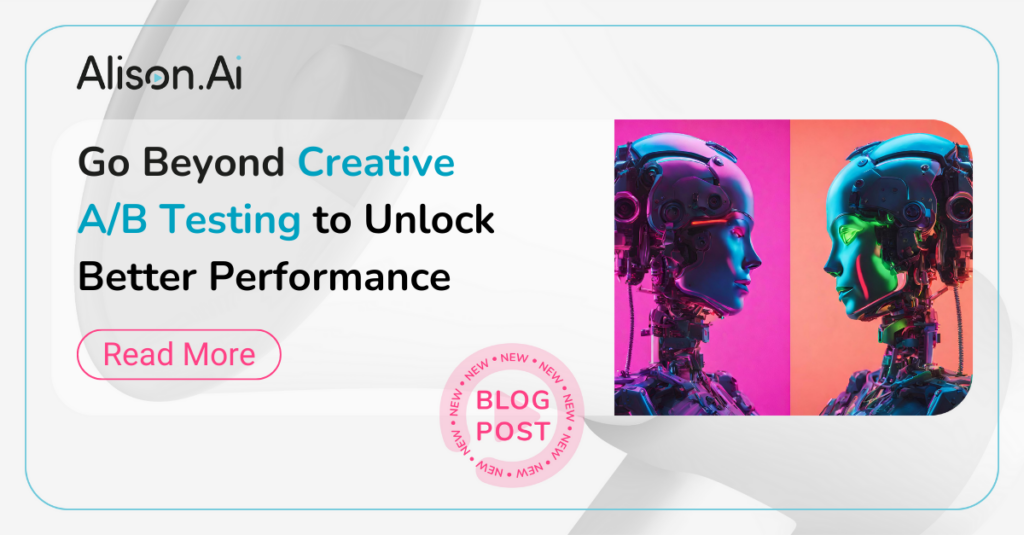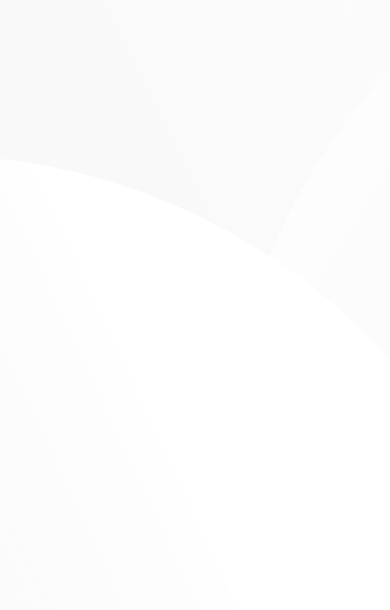Go Beyond Creative A/B Testing to Unlock Better Performance
Effective marketing relies on consistently optimizing campaigns to boost performance. One of the most valuable techniques in a marketer’s toolkit is A/B testing – comparing different versions of ad creative, web pages, email subject lines, and more to determine which resonates best with your audience.
In particular, creative A/B testing focuses on experimenting with the visual design elements that bring a marketing campaign to life. When done right, it can lead to actionable insights that increase engagement, clicks, and conversions.
This comprehensive guide covers everything you need to know to run successful creative A/B tests and make data-driven decisions to improve campaign results. We’ll also explore how AI can take creative testing to the next level.
Why Creative A/B Testing Matters
There are a few key reasons why creative A/B testing should be part of every marketer’s optimization strategy:
It provides factual data on performance. Rather than relying on assumptions or opinions about what creative performs best, A/B testing shows clear, metrics-based insights into your audience’s response.
It identifies improvements to boost conversions. You can pinpoint specific changes that positively influence user behavior and increase conversions by testing different design variables.
It reduces risk. Testing allows you to experiment and get feedback before committing resources to a particular creative direction.
It fuels the iterative design process. Implement findings from tests in future creative development, leading to better and better-performing designs.
Best Practices for Designing Creative A/B Tests
Determine What Creative Elements to Test
First, decide what visual variable(s) you want to test. This could be:
- Graphics or images
- Color schemes
- Ad/page layout
- Typography
- Copy
Focus on elements that could impact user engagement and conversions for that campaign.
You can also use AI to suggest additional variables for testing based on its analysis of historical performance data.
Create a Strong Hypothesis
Base your test around a clear hypothesis about how the changes you’re testing may influence user behavior. Here’s an example hypothesis:
“Including testimonial graphics in our ad creative will increase ad engagement because it builds credibility with our target audience.”
Leverage AI to develop even more nuanced hypotheses personalized to different audience segments you want to target.
Involve Designers Early On
Work with designers to get ideas on what variations to test and how to set them up accurately.
Test Within Campaigns
Try different creative variants within the same campaign to minimize other variables. This gives a more direct comparison than testing across campaigns which may differ in targeting, budgets, etc. Keep the setup consistent and just swap creatives to isolate their impact.
Use Multivariate Testing
Run multivariate tests that change multiple elements of your creative at once. This allows you to understand how different combinations of variables like images, headlines and calls-to-action perform together. Multivariate testing expands insights beyond changing just one thing at a time.
Limitations of Creative A/B Testing
While you can get quality data from running these experiments, there are downsides, such as:
Running resources thin – While creative A/B testing can offer valuable insights, it comes with a price. The manual creation and testing of just two variants require a considerable investment in both creative production and test budgets. Complicating matters, 80% to 90% of these iterations may end up unsuccessful, extending the optimization cycle and adding to the costs.
A/B testing is time consuming – Without a significantly large audience size, it could take weeks to yield results with actionable insights.
Guessing what to test next – Unless you’re only testing one element at a time, you’re taking a guess at what might be pushing the needle. Is it the icon color? Is it the copy? Placement of the CTA? When deciding what to test next, you’re relying on trial and error.
Lack of personalization – Different users have different behaviors and should be treated as such.
Short-term data – A/B tests show short-term user behavior, but don’t analyze it over time to account for trends and changes in user behavior.
Elevating A/B Testing with AI
Recent advances in AI now provide new and powerful ways to enhance creative A/B testing using intelligent automation. Some of the key benefits include:
Faster test iteration – Platforms like Unbounce and Adobe Target leverage AI to quickly create new page and ad variations for split testing based on initial inputs.
Deeper audience insights – By leveraging real-time data and analyzing user behavior, AI analytics platforms like Alison help uncover more nuanced insights around how specific audiences respond to different creative elements.
Continuous optimization – Intelligent creative optimization solutions like Crayon Data and Gummicube automatically run recurring experiments using algorithms that tweak visuals and copy over time to boost performance.
Revolutionize Your Creative Optimization
AI-powered creative analytics solutions like Alison enable a much more efficient approach than traditional creative A/B testing.
Instantly Analyze Numerous Variables
Rather than limiting testing to A and B, Alison analyzes multiple creative variables simultaneously to determine ideal combinations for driving conversions. Predictive algorithms assess imagery, text, colors, audio and more to quantify the impact creative attributes have on campaign metrics. This eliminates the guesswork around what to test next.
Surface Actionable Optimization Opportunities
Alison translates all this multi-variable data into clear and tailored recommendations on how to optimize creative assets for improved performance.
Continually Refine Creative Over Time
Easily uncover additional areas to test that you likely wouldn’t catch with traditional A/B experiments. Focus creative iterations on elements statistically proven to boost results. Using Alison’s Competitive Analysis tool, you can gain new insights on what elements perform best for competitors while simultaneously speeding up the ideation process.
The Power of Experimentation
Implementing AI-enhanced creative testing unlocks new potential to rapidly test and refine a virtually limitless combination of creative variants to unlock higher performance.
Remember to focus on crafting strong hypotheses, involving designers in the process, tracking detailed metrics, and building on learnings over time.
With this approach, augmented by AI’s unique capabilities, the payoff of investing time and effort into creative testing will be well worth it.
Now it’s over to you – run some high-value, insightful tests! Consider what you and your team could achieve and unlock for your next marketing campaigns with a renewed focus on creative A/B testing powered by AI. The sky’s the limit!
Schedule a demo today to discover how Alison can accelerate your creative testing!

